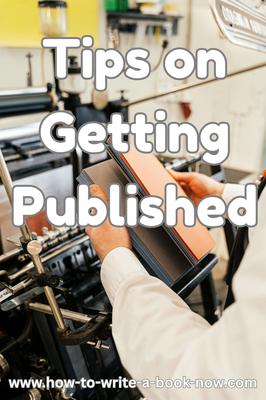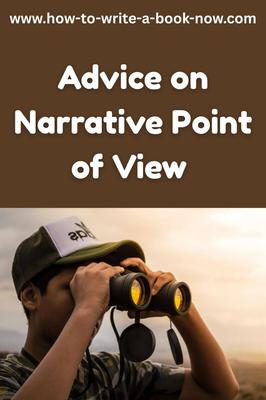Middle-grade novels for girls vs boys
by Diane
(New York, NY)
Question: I have found that the plots of middle-grade novels geared towards girls seem to be less likely to follow the Dramatica model than novels geared toward both boys and girls. They often have less dramatic tension, not-quite archetypal characters, and a less detailed plot. If my story goal for a MG novel involves a girl's emotional growth, is there any reason I should alter my approach when writing middle-grade novels for girls vs boys? Thanks!
Answer: Dramatica applies to all types of stories. However, there are certainly differences between books aimed at girls and boys.
Dramatica argues that, among main characters, there are are two approaches to problem solving...
Do-ers try to solve problems by changing their environment or getting other people to change.
Be-ers try to solve problems by changing themselves to fit in with the environment and the people around them.
In real life, you can find men and women more comfortable being in either category, but traditionally more women have tended to be be-ers who strive to figure out how to be a certain way to fit into their social milieux while more men have been do-ers who attempt to change the world around them. That's just how social systems developed.
Also, there are two ways of thinking...
Linear thinkers (the majority of males) focus on the biggest problem they have at the moment to the exclusion of all other issues. They focus on the most important reason/evidence for doing something, ignoring smaller or less important issues. Their big concern is getting problems solved quickly.
Holistic thinkers (the majority of females) juggle all perceived issues, problems, arguments, etc. trying to find the right balance between them in order to make the best decisions. For a holistic thinker, many small issues can outweigh one big one. To a holistic thinker, time limits are unimportant. The challenge is finding the right solution.
Boys tend to relate best to stories that are more action driven, and that feature main characters who are linear do-ers. They like adventure. They like technology that helps them change things. They relate to characters who must strive to accomplish the story goal before running out of time. They like underdogs who earn their rewards.
Girls tend to relate best to characters who are holistic be-ers enmeshed in plots that are more decision-driven. They relate better to characters who are trying to fit
Of course, these are not absolute rules. You can have a male character who is a holistic be-er or a female character who is a linear do-er. And you can have characters of either gender who are holistic do-ers or linear be-ers.
You can also have "fish out of water" stories, such as when a do-er is in a situation where he has to become more of a be-er to solve the problem, or where a be-er is forced to take action.
In the past, it was a stereotype to have a female character, a holistic be-er, who appeared very passive compared to her male counterparts. Some women disliked these (perhaps because their own personalities were different). It was also a stereotype for most heroes in boys' books to fit the "linear do-er" or strong action-hero model.
The problem with gender stereotypes is that they exclude boys and girls who don't relate to the stereotype.
The advantage of gender stereotypes is that they are more popular, because the majority of boys and girls do relate to them.
(One could argue that, in recent years there haven't been enough books about traditional male heroes, which is why so many boys don't read.)
A well-written decision story, geared towards girls, will have a different feel to it than an action story and a different type of main character. But the Dramatica guidelines apply just the same.
You may not have archetypal characters, but you will still have the same underlying motivations and drives (just assigned to characters in a non-archetypal way).
The 8 essential plot elements will still be there, and the dramatic tension will be just as strong - but it will be more around a dilemma than action.
Also, the Story Goal may be different. Instead of an external goal such as obtaining, winning, or changing a situation, you may have a goal that's more internal - such as changing an attitude, gaining confidence, finding your place in the world, or becoming a different person.
- Home
- Plot Questions
- Middle-grade novels for girls vs boys















